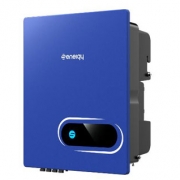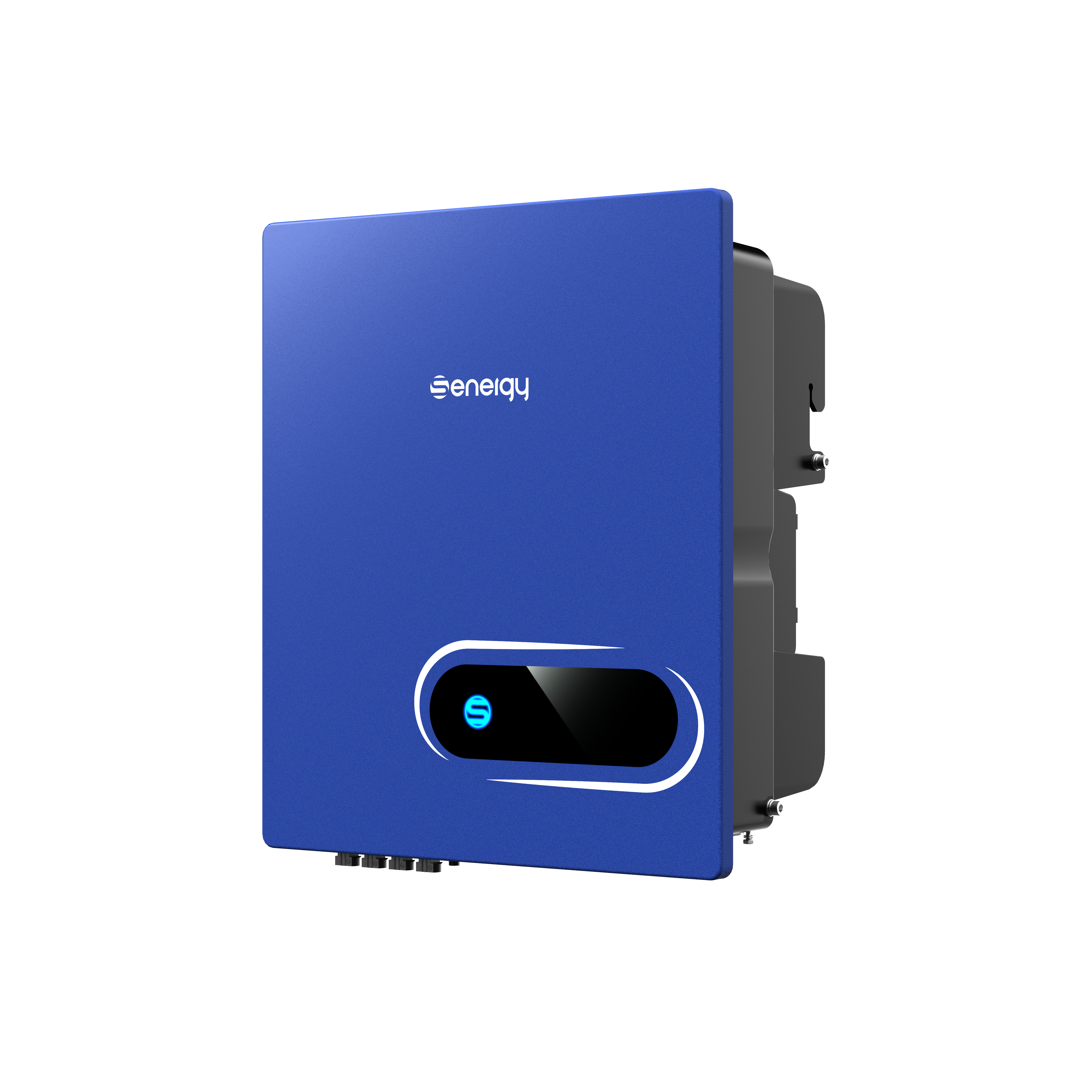Solar Inverter Sizing to Improve Solar Panel Efficiency
The efficiency of the inverter drives the efficiency of a solar panel system because inverters convert Direct Current (DC) (as produced by the solar panels), into Alternating Current (AC) (as used by the electric grid). This leads many to wonder what effect over-sizing or under-sizing an inverter will have on overall system efficiency. This entry sheds some light on this issue, hopefully helping shoppers to make better decisions with regard to their current or future solar photovoltaic installation.
A solar system’s inverter functions optimally within a predetermined operational ‘window’ (usually laid out in the inverter’s specifications). As the power input from the system’s solar panels goes up and down, the inverter’s ability to efficiently convert it from DC electricity to AC electricity differs. As long as the input from the panels falls with in the range of the window, the inverter can be considered to be operating optimally.
Under-sizing your inverter
Under-sizing your inverter will mean that the maximum power output of your system (in kilowatts – kW) will be dictated by the size of your inverter. Regardless of the output of the solar panels, the power output will be cut-off (‘clipped’) by the inverter so that it does not exceed the inverter’s rated capacity (e.g. 3kW, 5kW etc).
Your installer may suggest an undersized inverter if they determine that the amount of incident solar irradiation (sunlight) on your panels will be lower than expected – because of your location & climate, the orientation of your panels, or other factors.
Inverter under-sizing – sometimes referred to as ‘overclocking’ – has actually become a common and widely accepted practice in Australia.
Although under perfect conditions the maximium power output of a solar system will be ‘clipped’ back to the inverter’s output through overclocking through the middle of the day, there can also be gains in the overall amount of energy (kilowatt-hours – kWh) generated. The gains come from additional energy being produced in the early morning and late afternoon as a smaller inverter will turn on sooner and off later and operate more efficiently with lower DC inputs.
Under the Clean Energy Council rules for accredited installers the solar panel capacity can only exceed the inverter capacity by 33%. That means for a typical 5kW inverter you can go up to maximum of 6.6kW of solar panel output within the rules.
In the field of household products, Senergy introduced a new series of single-phase products for residential use, covering the power range of 2KW to 15KW.
The new model inherits the company outstanding R&D gene with higher reliability and safety, and greater power generation density in smaller sizes. Its maximum efficiency reaches up to 98.4%, which can perfectly be compatible with the single-phase high-power application scenarios. Contact us for a free quote!





